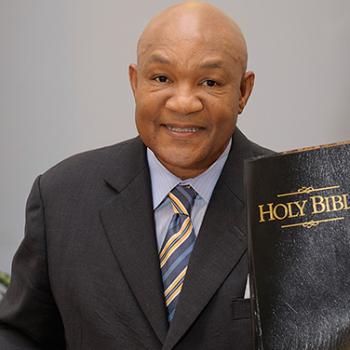In the same article, Milbank argues that “dualism and hierarchy are . . . the secret heart of all immanentisms.” The argument is: In 18th and 19th century design arguments, God is “half-immanent” and interacts “on the same plane with what he influences.” This is a dualism between “the creative and designing on the one hand and the inert and the designed on the other.” This is not the result of transcendence, but rather “the result of dividing up the... Read more




















